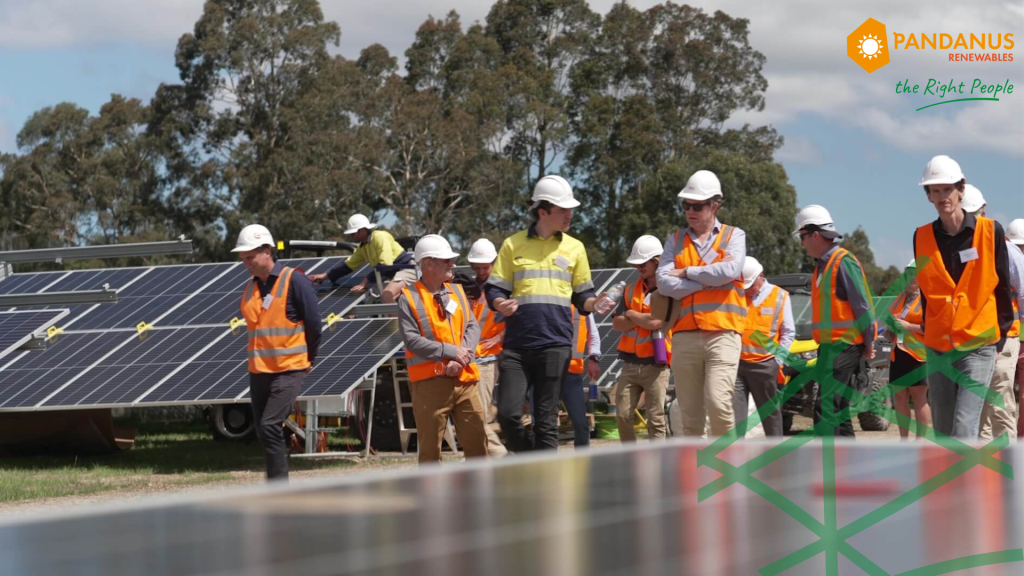
Renewable Energy
Solar Farm Workforce Challenges
As Australia accelerates its transition to renewable energy, solar farm construction has emerged as a booming sector. However, with this rapid growth comes a set…

As Australia accelerates its transition to renewable energy, solar farm construction has emerged as a booming sector. However, with this rapid growth comes a set…
